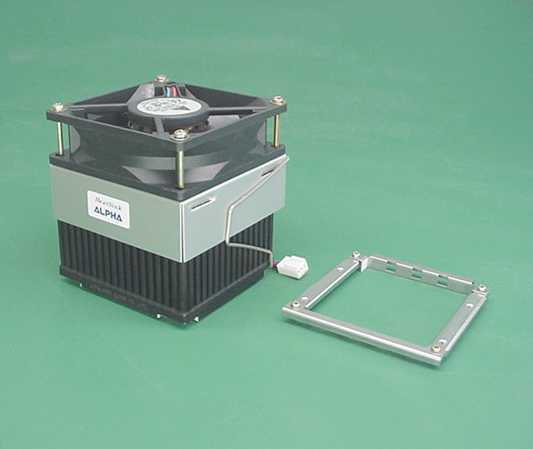Ollie30001
Posts: 144 +1
Hey, is it normal for my CPU fan to suck air onto the heat sink instead of blow away from it? i thiught it would blow away from the heat sink to get rid of the heat...but it sucks air onto it..............?
Specs:
AMD Athlon 3000+ ~2.16
512 DDR RAM
128Mb ATI Radeon 9200 (Need a new card!)
120GIG HDD
Specs:
AMD Athlon 3000+ ~2.16
512 DDR RAM
128Mb ATI Radeon 9200 (Need a new card!)
120GIG HDD
